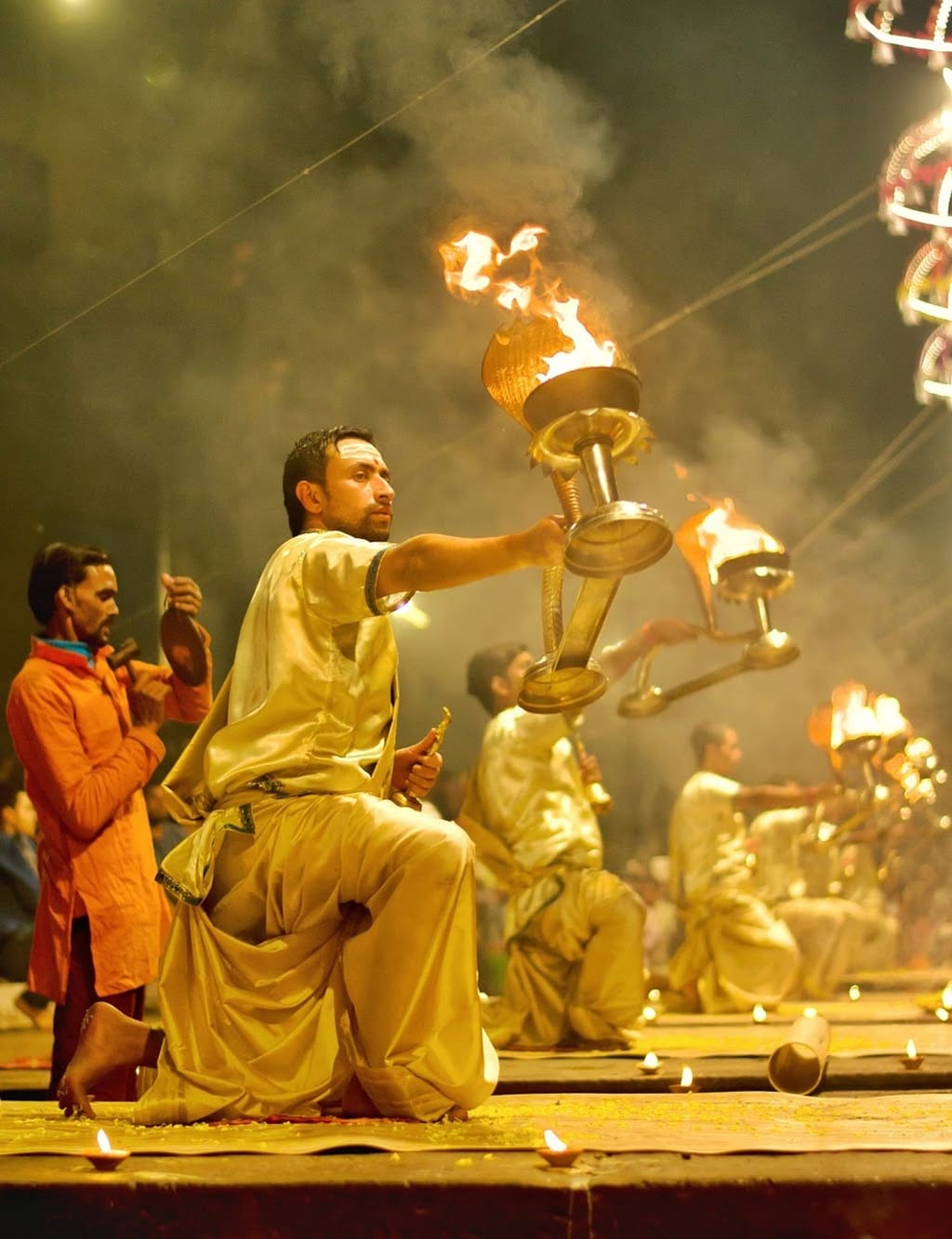Spirituality of India
Attracted millions of people

"Just as a candle cannot burn without fire, man cannot live without a spiritual life." – Buddha.
The spiritual practices of India have piqued a lot of interest in the West for a number of decades. This interest arises for a variety of reasons, including the following:
The lessons of the past: Hinduism, Buddhism, Jainism, and Sikhism are some of the oldest religious traditions in India. People looking for alternative perspectives on life, significance, and self-awareness are drawn to these practices because they provide significant philosophical and otherworldly experiences.
Yoga and contemplation are: The popularity of yoga and meditation in the West has skyrocketed, both of which were developed in India. These practices are thought to help with stress reduction, mental health, and cultivating a sense of inner peace. As a result, there are now more yoga studios, meditation centers, and retreats in Western countries.
Body-Mind Connection: The interconnectedness of the psyche, body, and soul is stressed in Indian otherworldliness. Westerners, who are progressively looking for a more adjusted and coordinated way to deal with wellbeing and health, reverberate with this comprehensive way to deal with prosperity.
ew Age Advancement: Indian spirituality has had a significant impact on the New Age movement, which emerged in the West in the 1960s and 1970s. The idea of karma, resurrection, and the pursuit of edification are just a few of the concepts that the development incorporates from both otherworldly works on and elements of Eastern methods of reasoning.
ccess to Data and Globalization: The onset of globalization and the widespread availability of information via the internet have significantly aided the spread of awareness regarding Indian spirituality. The increased accessibility of the writings, books, and other resources of Indian spiritual masters has stoked curiosity and interest.
he individuals Who Look for Inward Change: Even though Western societies have a lot of money, a growing number of people are looking for life's deeper meaning and purpose. The otherworldliness of India provides a plethora of lessons and practices that provide direction for inward change and address these existential concerns.
elebrity Influence: The endorsement of Indian spiritual practices by prominent Western celebrities also contributes to the growing interest. It can arouse individuals' curiosity and motivate others to research these antiquated practices when notable individuals transparently underwrite them.
teve Jobs, co-founder of Apple Inc., visited India in the 1970s and had a brief conversation with Neem Karoli Baba, a well-known Indian saint. Neem Karoli Baba, otherwise called Maharaj-ji, was a notable otherworldly master in India. He was significantly influenced by numerous Westerners seeking spiritual enlightenment at that time.
uring his trip to India, Steve Jobs went to the Kainchi Dham ashram in Nainital, Uttarakhand, where Neem Karoli Baba lived with his friend Daniel Kottke. It is said that Jobs was profoundly influenced by his interaction with the spiritual teacher and that he attributed his time there to having a significant impact on his life.
teve Occupations consolidated a portion of the standards and methods of reasoning he had gained from Neem Karoli Baba into his very own and proficient lives subsequent to getting back to the US. Jobs' approach to design and innovation at Apple shifted to relying on instinct, simplicity, and following one's inner calling.
otally clear Positions' experience with Neem Karoli Baba had an enduring effect, regardless of the restricted data gave about it. Jobs' trip to India and spiritual quest are often cited as turning points in his life that shaped his outlook on the world and Apple's direction.
fter some time, the significance of other worldliness has grown and expanded, and various implications can be seen as being connected to one another.
A religious transformation that "aims to recover the original shape of man" and is centered on "the image of God," as represented by the world's religious founders and sacred texts, has traditionally been referred to as spirituality. In early Christianity, the term was utilized to portray a day to day existence focused on the Blessed Spirit. In the late Medieval times, it extended to incorporate mental parts of life.
espite the fact that Indian spirituality has gained popularity in the West, it is essential to keep in mind that it is not a single idea that can be approached and interpreted by a variety of individuals and groups. The Western premium in Indian supernatural quality tends to a staggering blend of individual examination, social exchange, and the journey for more significant importance and thriving.
About the Creator
Enjoyed the story? Support the Creator.
Subscribe for free to receive all their stories in your feed. You could also pledge your support or give them a one-off tip, letting them know you appreciate their work.





Comments
There are no comments for this story
Be the first to respond and start the conversation.